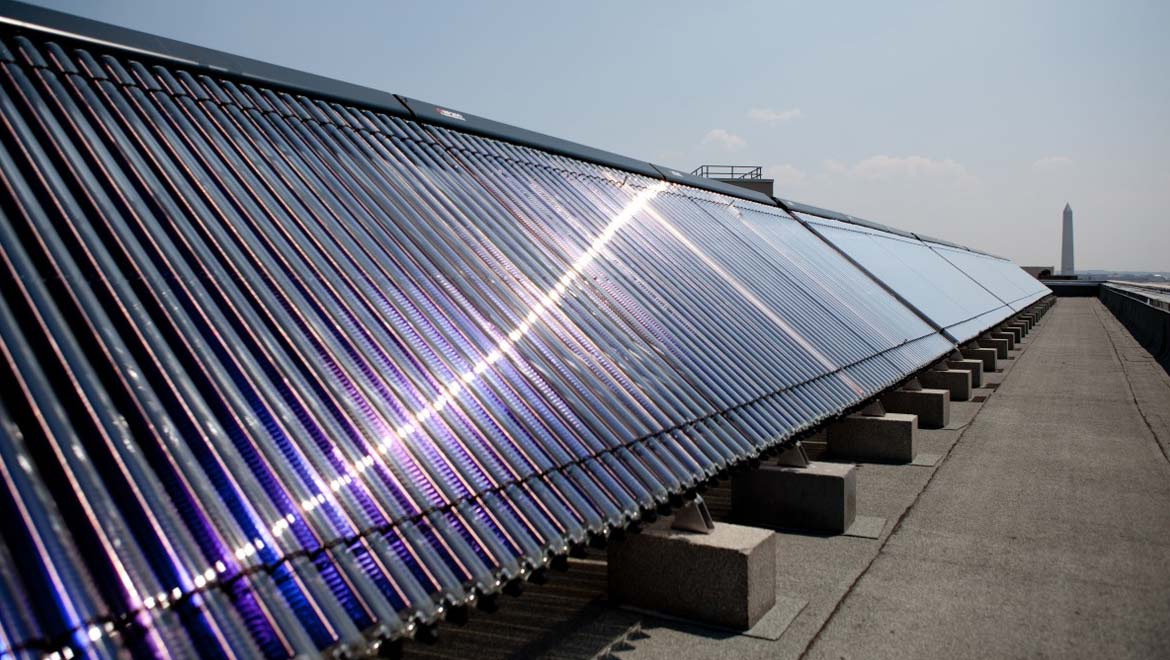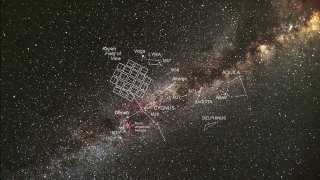The increase in need for, and the implementation of renewable or clean energy questions the premise of its safety and reliability because it brings about the possibility of it being threatened by hackers through theft or cyberattacks. The magnitude of real-time data and the distributed generation of energy make for easy gateways. Take charging an electric car, for example — a group of such vehicles are ultimately connected to a larger power unit, which can, if jeopardized, compromise the grid of an entire city.
But, yes, these energy reservoirs can be and are well on their way to being safeguarded from massive cyberattacks!
At the University of Illinois, in collaboration with United Technologies Research Center and Pacific Northwest National Laboratory, lead investigator and computer researcher, Sibin Mohan and his team developed tools and methods to better preserve energy sources such as solar cells, electric vehicles and smart appliances. They were awarded $900,000 by the Department of Energy for this project and to further their efforts in addressing and preventing cyberthreats in the future. Research Assistant, Prof. Mohan said: “We will work to make distributed energy resources, like electric vehicles and HVAC units in buildings, more secure from cyberattacks, while also decreasing vulnerabilities to the power grid.”
It is estimated that the generic system be up and running in about three years. In the meantime, apart from building a powerful, stable cyber wall against potential attacks, an increased awareness will be created among building owners and operators regarding the situation and its challenges. Even communities with solar aggregators are targets and “monitoring and protecting the communications interface” would be beneficial, Sibin said.
Conceptualizing The System Model
As discussed by the group comprising scientists at the University of Illinois and experts Hao Zhu and Tim Yardley of Information Trust Institute (ITI), the study is scheduled to initiate with the development of a prototype, both hardware and software, for many distributed energy resource generators including electric vehicles, and learn about their relationship to the power grid in terms of information and transfer of electricity. This will, as Mohan said, further the understanding and functioning of sources like solar farms and buildings too, and eventually help employ plausible cybersecurity techniques, since the goal is “to protect as many types of emerging and existing renewable energy sources.” The method will look deeper into the loopholes and vulnerabilities of the existing systems, thus allowing researchers to develop strong and tough defenses. Along with this, the platform will be able to monitor any abnormalities or issues and immediately alarm personnel as well as creating a backup, in case of failure.
With the warnings of cyberterrorism in the renewable energy space casting a shadow on the groundbreaking advancements in technology (electric cars are indeed the future of motor travel), we are in for a mighty challenge. Despite this, we can be hopeful exactly because of enterprises such as these. Sibin of Coordinated Science Laboratory (CSL) confirms that similar technology does not exist in the market presently, but their objective is to create an “open-source, inline, advanced cyberattack detection and resiliency-enabling building and grid cybersecurity platform deployable for legacy and emerging behind-the-meter distributed energy sources (DER).”
Top image: Solar energy. (Public Domain)
References:
Schiess, A. (2017), I CSL, https://csl.illinois.edu/news/illinois-team-receives-900000-grant-build-cyber-security-defenses-renewable-energy-sources, (accessed 25 Sept 2017)
Thurston, C. (2017), Renewable Energy World, http://www.renewableenergyworld.com/articles/2017/06/researchers-win-doe-grant-for-solar-communications-security-system.html, (accessed 25 Sept 2017)
National Renewable Energy Laboratory, https://www.nrel.gov/docs/fy16osti/65838.pdf, (accessed 26 Sept 2017)







No comment